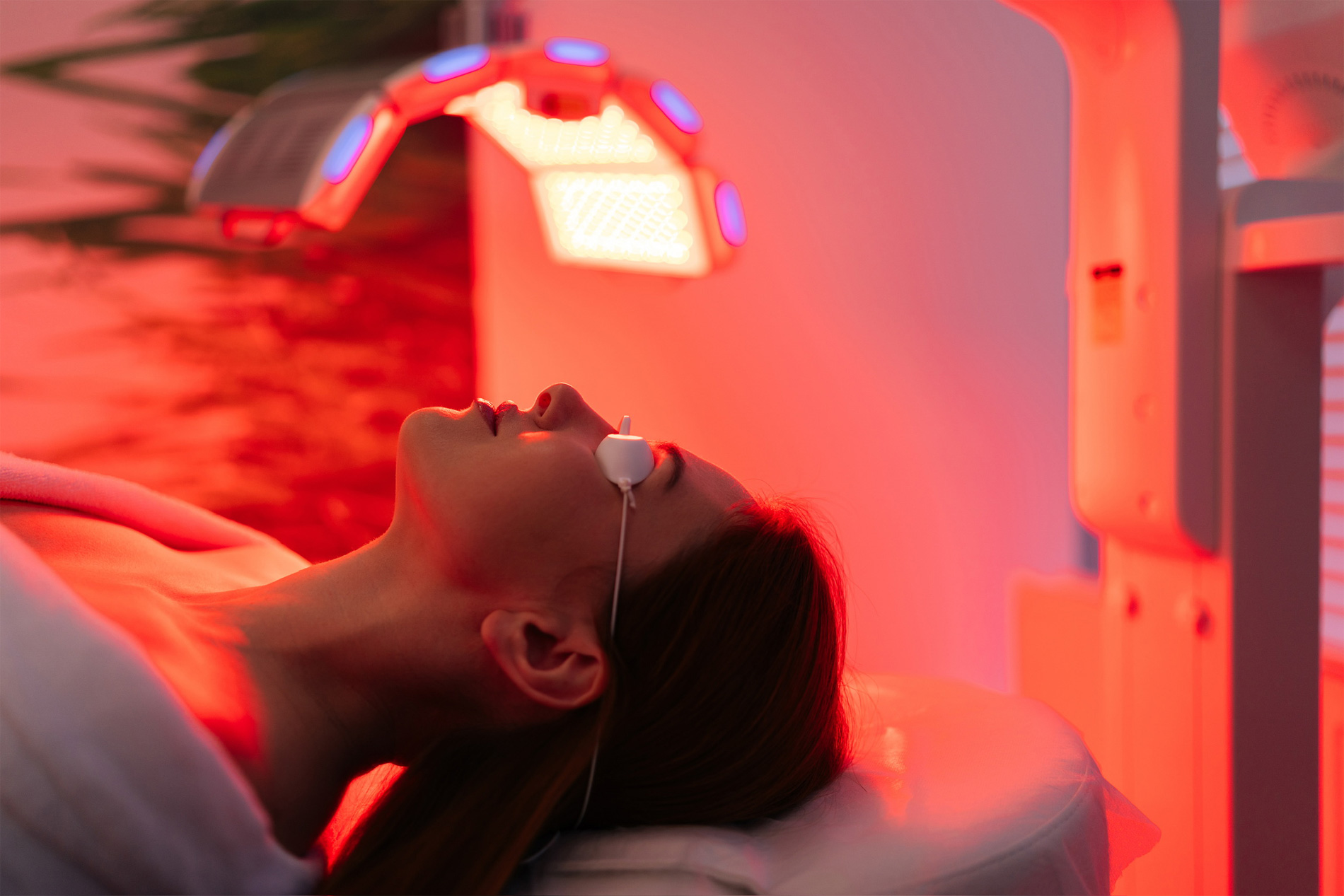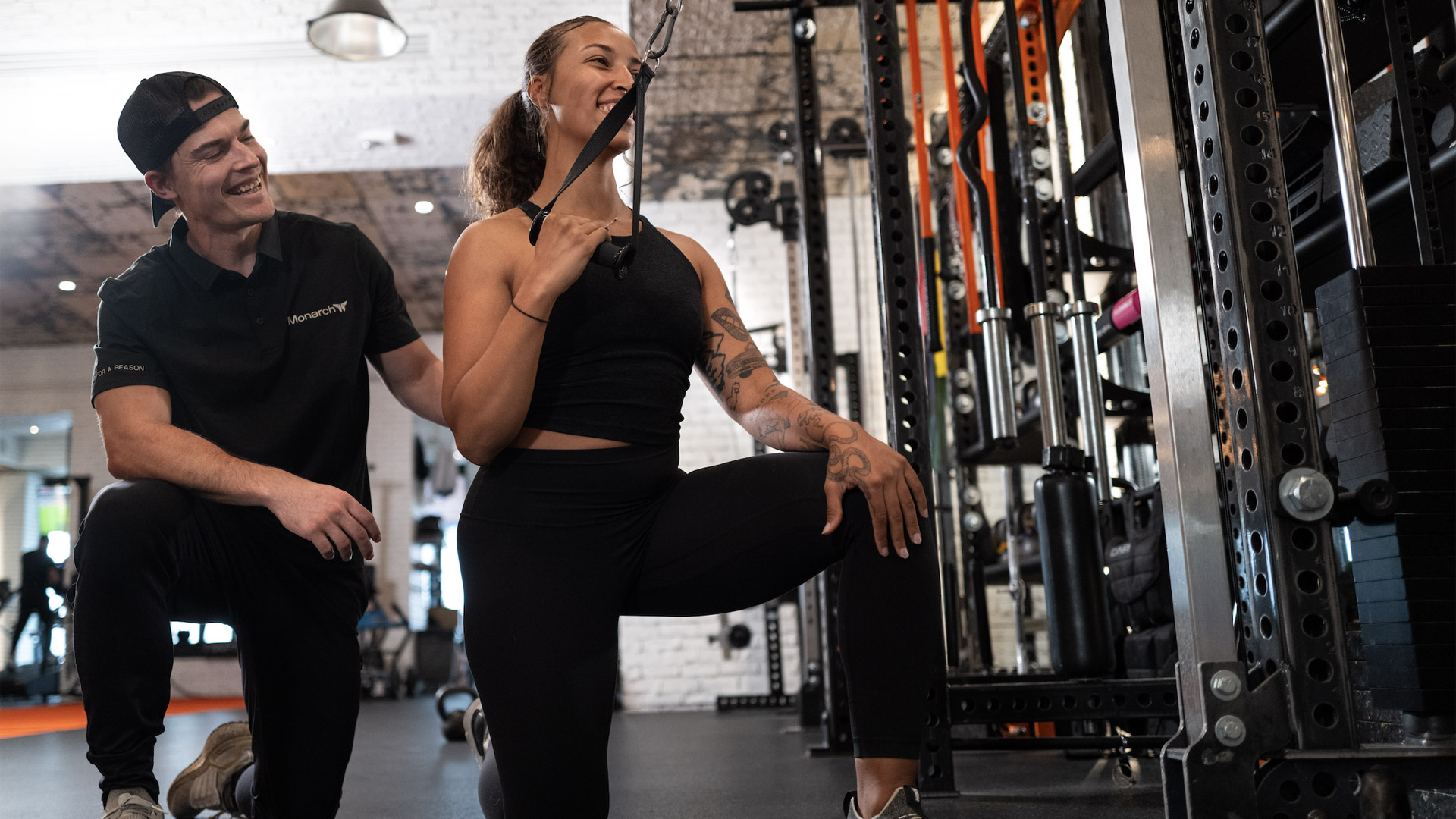All Categories

Recovery has become a nonnegotiable in modern fitness regimens. It drives performance gains, extends athletic longevity, and enhances overall well-being. This focus marks a significant shift from training-only approaches that dominated previous fitness eras.
Gyms are now transforming into comprehensive wellness destinations in response to the growing public demand. Recovery lounges, biohacking studios, and social wellness centers attract clients with services like infrared saunas, float therapy, and oxygen treatments, which are a serious upgrade from traditional weight rooms and cardio equipment.
Traditional gyms have always focused on strength training and cardiovascular exercise. While those elements remain essential, modern clients seek more than just workout spaces. Recovery lounges and biohacking studios now feature amenities such as infrared saunas, ice baths, float therapy, and hyperbaric oxygen treatments.
These services are no longer reserved for elite athletes. Everyday gym-goers invest in structured recovery, recognizing that it helps improve energy levels, reduce injury risk, and support mental well-being. Gyms like Chuze Fitness have recognized this demand, offering amenities such as hydro-massage, infrared saunas, and pools alongside traditional training spaces.
Recovery techniques backed by research are becoming standard practice in fitness facilities. The most common technologies include:
Recovery has become just as important as training itself. Impact X Performance, for example, has made recovery a core part of its model, with dedicated recovery rooms featuring infrared saunas, red-light therapy, and massage chairs.
Recovery is no longer just an individual experience. Recovery lounges and wellness clubs are becoming social spaces, where people gather to relax and recharge together. Saunas, ice baths, and communal biohacking spaces create opportunities for meaningful interactions.
This shift aligns with a broader wellness movement. People seek ways to prioritize health while connecting with others in non-competitive environments. Gyms and wellness studios that offer these experiences stand out from traditional fitness facilities. Life Time has embraced this concept, branding its locations as “athletic country clubs,” where members can train, recover, and socialize in resort-style wellness spaces.
This trend provides fitness coaches an opportunity to build stronger client relationships.
With recovery playing a bigger role in fitness, coaches must incorporate it into their programming. Some ways to do this include:
As awareness of wellness technology grows, more gyms will dedicate space to the business of recovery. Recovery lounges, biohacking equipment, and advanced tools such as pulsed electromagnetic field therapy will become more accessible.
Fitness professionals who stay informed on these trends will have an advantage. Clients are not just after ordinary workouts. They are also searching for comprehensive strategies that support long-term health. Coaches who embrace this shift will build stronger, more engaged client relationships and set themselves apart in an evolving industry.
Recovery lounges, biohacking studios, and wellness tech spaces fundamentally shift how people approach recovery practices. The emerging social aspect of these facilities builds community around health practices that previously existed solely as private activities. This social dimension adds value to the recovery experience while fostering connections that keep clients returning.
Fitness professionals who embrace recovery technology position themselves at the forefront of a growing movement. Coaches create comprehensive wellness experiences that produce better results and deeper client relationships by integrating these modalities into their offerings. As gyms continue to upgrade, the ability to guide clients through training and recovery becomes an essential skill for today’s forward-thinking fitness professional.
About Robert James Rivera
Robert is a full-time freelance writer and editor specializing in the health niche and its ever-expanding sub-niches. As a food and nutrition scientist, he knows where to find the resources necessary to verify health claims.
Powering the Business of Health, Fitness, and Wellness Coaching

By Elisa Edelstein

By Robert James Rivera

By Elisa Edelstein

By Elisa Edelstein

By Elisa Edelstein

By Robert James Rivera

Powering the Business of Health, Fitness, and Wellness Coaching
